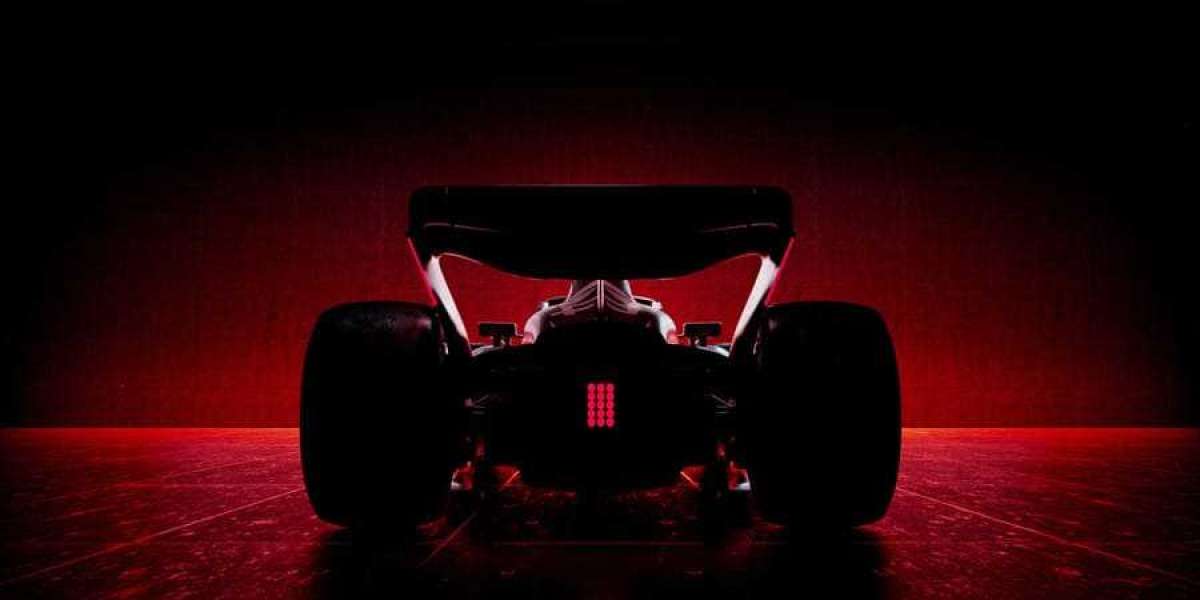3D printing has emerged as a transformative technology in various sectors, particularly in healthcare. This article delves into the 13 applications and examples of 3D printing uses that are reshaping medical practices and improving patient outcomes.
1. Custom Prosthetics
One of the most significant applications of 3D printing is in the creation of custom prosthetics. Traditional prosthetics can be expensive and time-consuming to produce. However, 3D printing allows for rapid prototyping and customization, ensuring a better fit for patients. For instance, the Ossur's 3D-printed prosthetic leg has revolutionized the way amputees regain mobility.
2. Dental Applications
In dentistry, 3D printing is used to create crowns, bridges, and even orthodontic devices. This technology enhances precision and reduces the time required for dental procedures. The ability to print dental models directly from digital scans streamlines the workflow significantly.
3. Bioprinting Organs
Perhaps the most groundbreaking application is bioprinting, where living cells are printed to create tissues and organs. This technology holds the potential to address the organ shortage crisis. Researchers are exploring ways to print functional organs that can be transplanted into patients, which could save countless lives.
4. Surgical Models
Surgeons can utilize 3D-printed models of patients' anatomy to plan complex surgeries. These models provide a tangible reference that enhances understanding and precision during operations. The use of such models can significantly reduce surgical risks and improve outcomes.
5. Medical Devices
3D printing is also used to manufacture medical devices tailored to specific patient needs. From hearing aids to inhalers, the customization possibilities are vast. This not only improves patient comfort but also enhances the effectiveness of the devices.
6. Drug Delivery Systems
Innovative drug delivery systems are being developed through 3D printing. These systems can be designed to release medication at controlled rates, improving treatment efficacy. This application is particularly beneficial for chronic conditions requiring consistent medication levels.
7. Tissue Engineering
Tissue engineering is another exciting area where 3D printing plays a crucial role. By printing scaffolds that mimic the extracellular matrix, researchers can encourage cell growth and tissue regeneration. This application has the potential to revolutionize regenerative medicine.
8. Anatomical Models for Education
3D-printed anatomical models serve as excellent educational tools for medical students. These models provide a hands-on learning experience, allowing students to explore human anatomy in a detailed and interactive manner.
9. Implants
Custom implants can be produced using 3D printing, ensuring a perfect fit for patients. This application is particularly useful in orthopedics, where implants can be tailored to the unique anatomy of each patient.
10. Assistive Devices
3D printing has made it possible to create affordable assistive devices for individuals with disabilities. From custom grips to adaptive tools, these devices enhance independence and improve quality of life.
11. Surgical Instruments
Surgeons can benefit from 3D-printed surgical instruments that are lightweight and ergonomically designed. This innovation can lead to improved surgical precision and reduced fatigue during lengthy procedures.
12. Patient-Specific Solutions
3D printing allows for the creation of patient-specific solutions, such as tailored splints and casts. These customized devices not only provide better support but also enhance comfort during recovery.
13. Research and Development
Finally, 3D printing facilitates rapid prototyping in medical research and development. Researchers can quickly iterate on designs, leading to faster advancements in medical technology.
"3D printing is not just a technology; it's a revolution in how we approach healthcare." - Medical Innovator
In conclusion, the 13 applications and examples of 3D printing uses in healthcare are vast and varied. As technology continues to evolve, we can expect even more innovative solutions that will enhance patient care and improve health outcomes.
References
 ```
```






